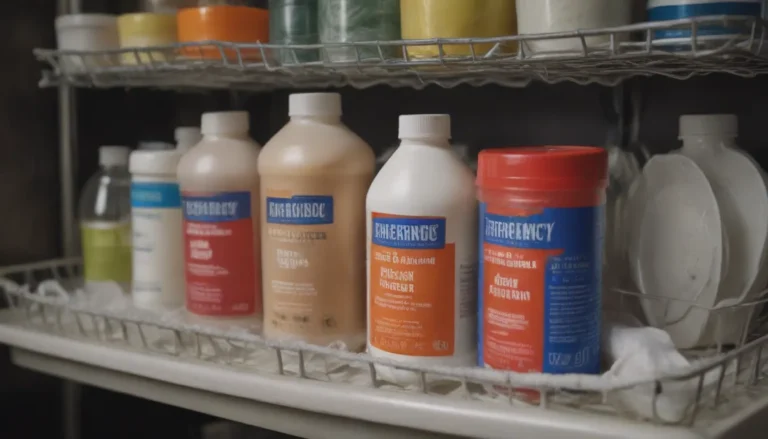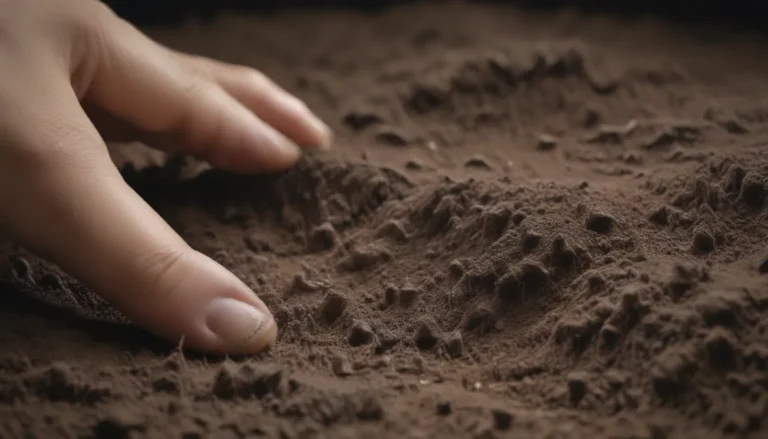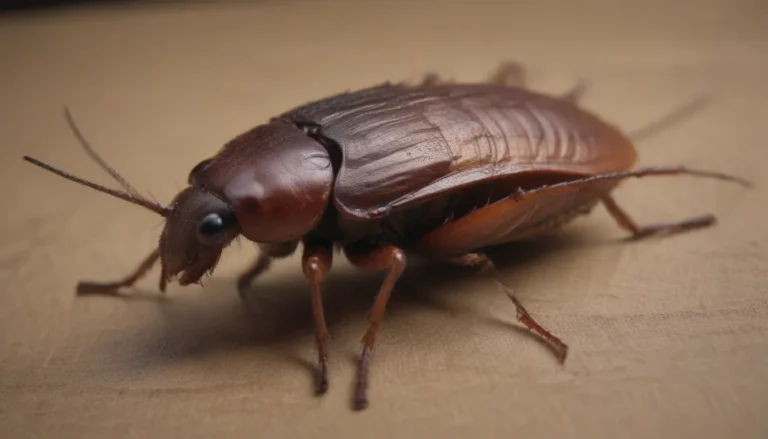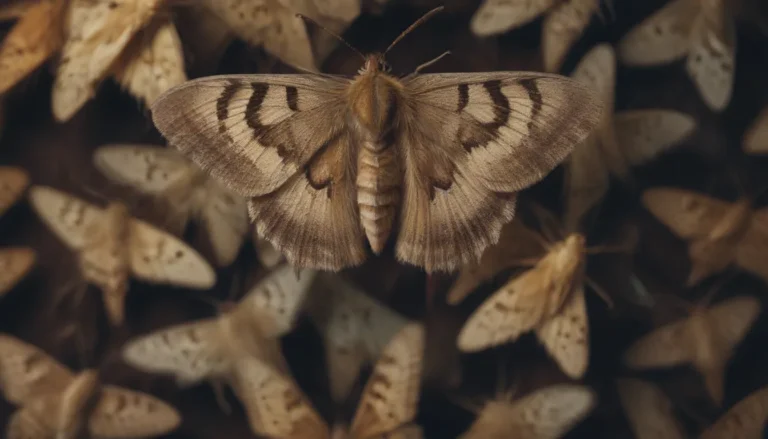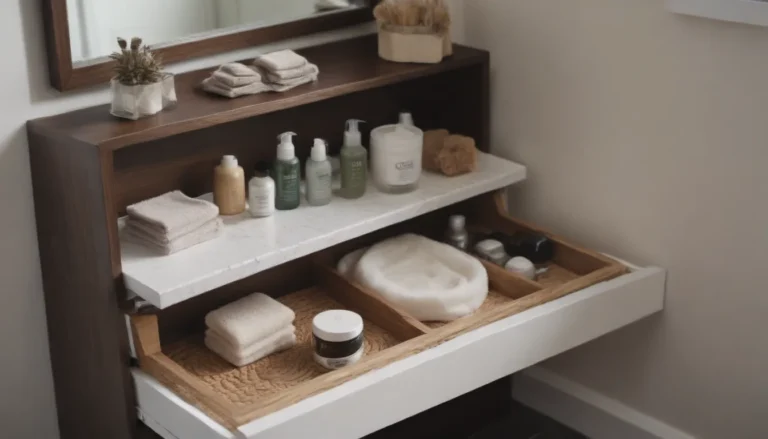Your Complete Guide to Controlling Ants in Your Home
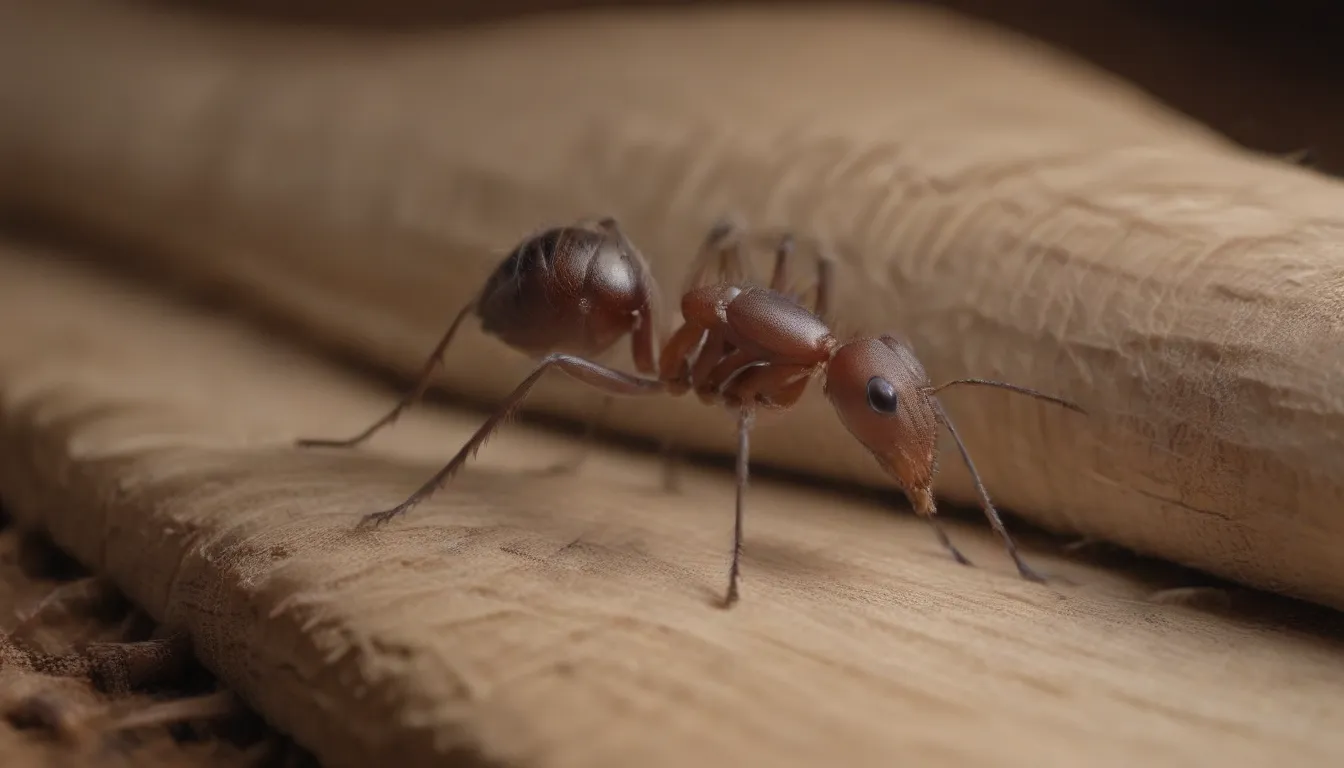
Ants may be tiny, but when they invade your home, they can quickly become a big problem. If you’re dealing with pesky little ants marching their way into your living space, don’t worry – I’ve got you covered. In this comprehensive guide, I’ll walk you through everything you need to know about controlling those unwanted house guests.
Understanding Your Ants
The first step in effectively controlling ants is to identify the specific ant species you’re dealing with. Different ants have different behaviors and preferences when it comes to food, so knowing what type of ant you have will help you choose the best control methods. The University of Wisconsin offers a handy online tool that can help you identify common ant species and provide specific control strategies based on their characteristics.
Here are some common ants you might encounter:
- Carpenter ants
- Fire ants
- Argentine ants
- Odorous house ants
- Pavement ants
Ant Prevention and Control Tips
Ants typically invade homes in search of food and water. By eliminating these attractants, you can greatly reduce the likelihood of ants setting up camp in your living space. Here are some simple yet effective prevention and control tips to keep ants at bay:
- Clean up spilled food and crumbs promptly
- Sweep and mop floors regularly
- Don’t leave pet food out after pets have finished eating
- Empty trash and clean trash areas regularly
- Rinse recyclable items before storing them
- Keep outdoor trash containers sealed and away from the house
- Maintain a tidy yard by mowing grass and trimming shrubs
- Seal cracks and crevices to prevent ant entry
- Keep screens in good repair and ensure doors and windows are tightly sealed
- Repair leaks and eliminate pooling water sources around your home
Remember, spraying ants with insecticide may only kill the workers, not the entire colony. Bait stations are a more effective way to eliminate ants, as they target the entire colony, including the queen.
Important Note
When using bait stations, always follow the instructions carefully and place them out of reach of children and pets. Avoid placing bait stations near stored food or pet food.
Professional Ant Control
If your ant infestation is out of control or you’re dealing with a particularly stubborn ant species, it may be time to call in the professionals. An exterminator can identify the type of ants infesting your home and recommend appropriate treatment methods. Common treatments for ant infestations include traps and insecticide sprays.
Ants can cause more than just annoyance; they can also damage your home. Certain ant species can chew through electrical wiring, insulation, and wooden finishes, potentially causing electrical issues or even fires. It’s essential to address ant infestations promptly to prevent costly damage to your property.
Additional Resources
For more information on identifying and controlling ants, check out the following resources:
- Ants – Insect ID. Department of Entomology, University of Wisconsin.
- Ants in the Home. Colorado State University Extension.
- Safely Use Rodent Bait Products. United States Environmental Protection Agency.
- Is Ant Bait Safe Around Children. National Capital Poison Center.
- Ant Pests: Ants and Electrical Equipment. United States Department of Agriculture.
- Carpenter Ants. University of Minnesota Extension.
Don’t let those little ants take over your home! By following these tips and resources, you can effectively control ants and keep your living space ant-free. With a little knowledge and proactive prevention measures, you can say goodbye to those pesky pests for good.
